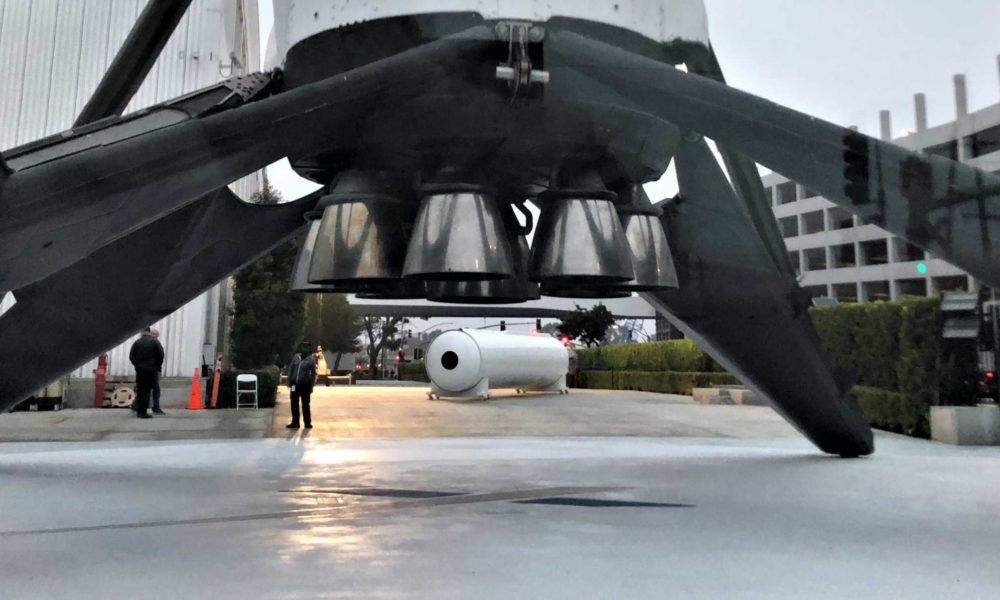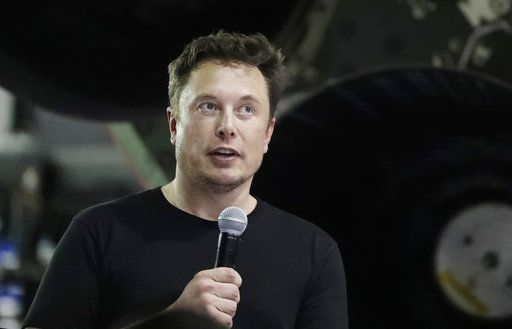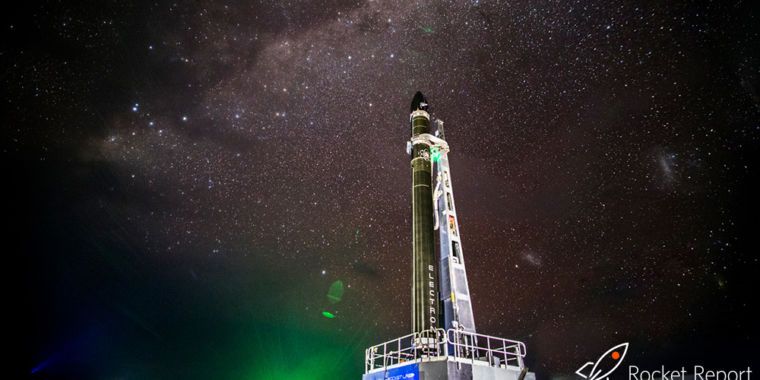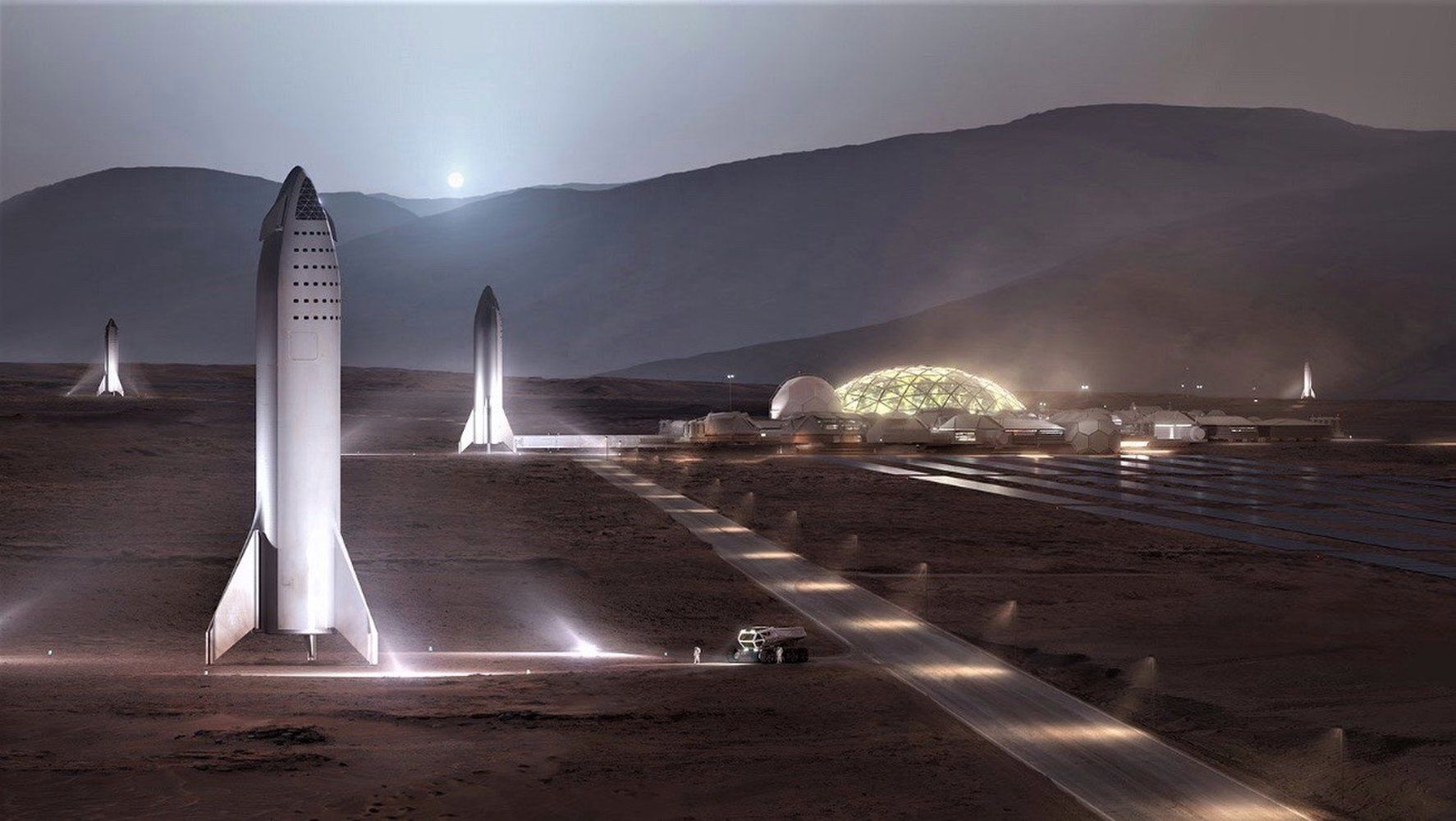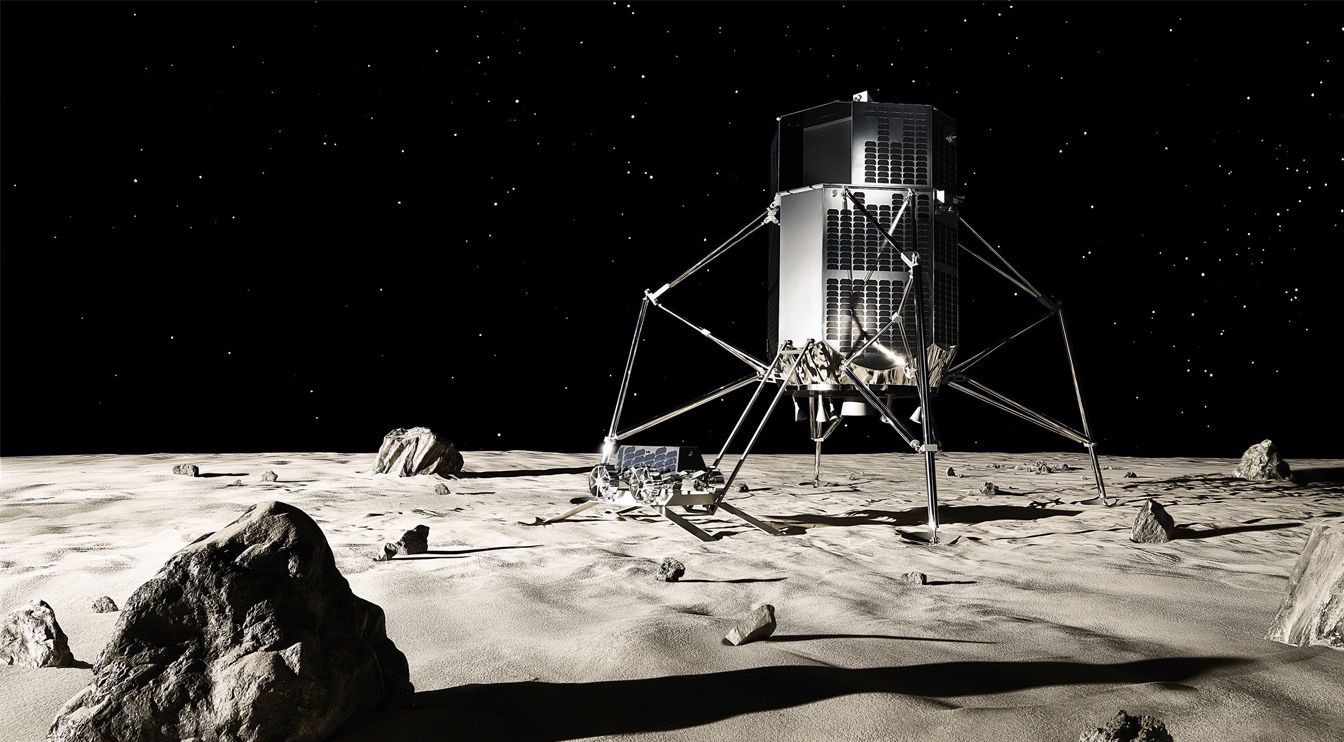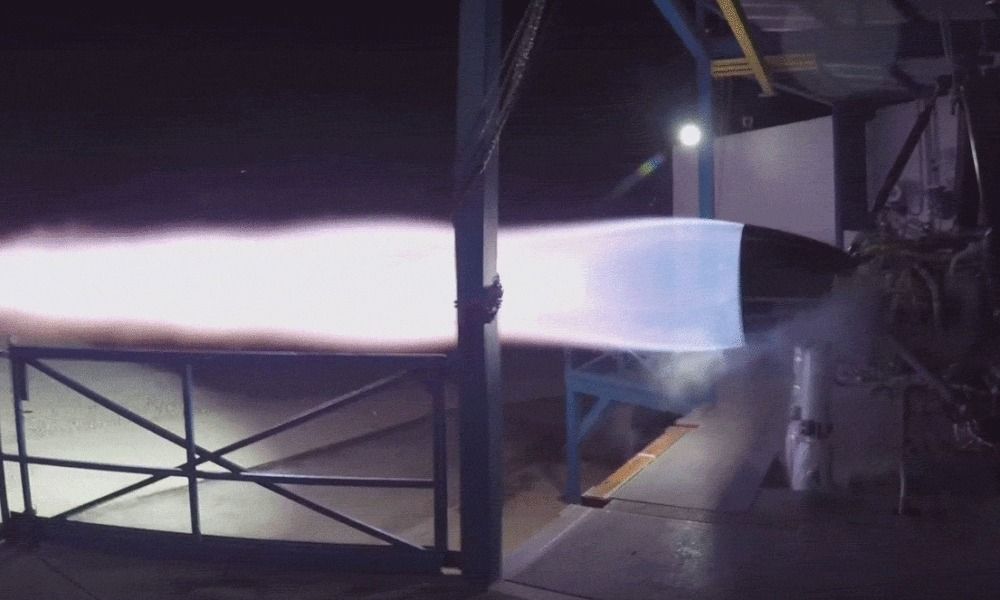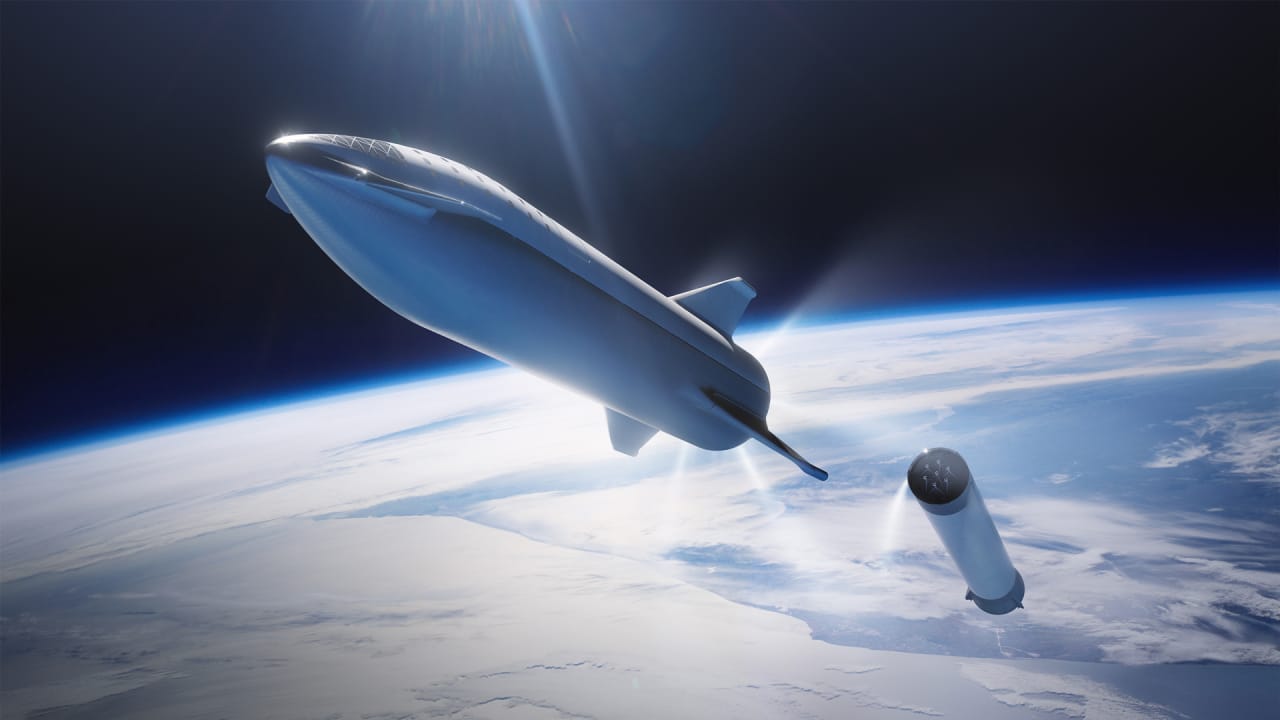The gumdrop-shaped capsule is designed to function essentially as a space taxi, ferrying up to seven astronauts and their cargo to and from the International Space Station. Boeing is expected to conduct the spacecraft’s first crewed test flight to the ISS next year. (SpaceX is putting the finishing touches on its Crew Dragon capsule, which is also scheduled to carry its first crew in 2019.)
Recently, NBC News MACH visited a Starliner mock-up at NASA’s Johnson Space Center in Houston to get an insider’s look at the spacecraft — and a sense of what it would be like to fly aboard the futuristic capsule. [Editor’s note: Boeing is a sponsor of MACH’s Making of an Astronaut series.]
